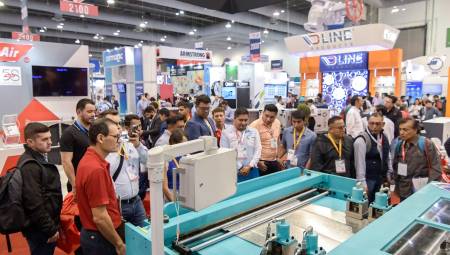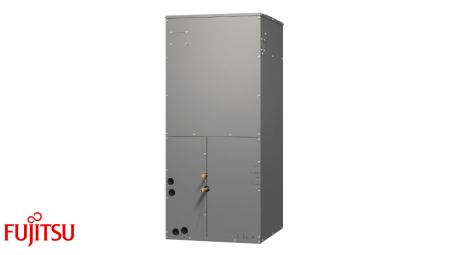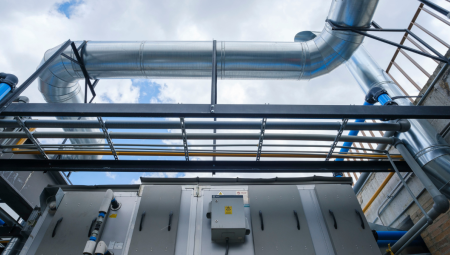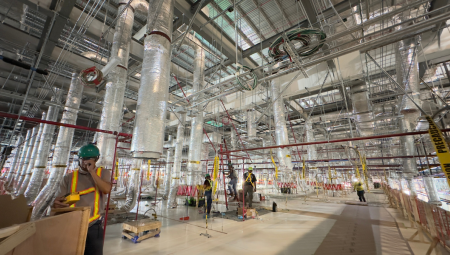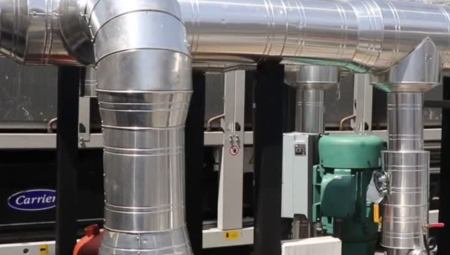The ideal would be to avoid the use of air conditioning, this would be achieved with an architecture of a lot of mass, few and shaded windows, also allowing cross ventilation and with floor to ceiling heights of at least 3mts., like that architecture of the first half of the S.XX. This would obviously complicate the winter situation, but warming up in general, is in any case cheaper than cooling. On the other hand, in rather dry climates such as Santiago, it becomes simpler to cool, because the air has little mass, practically does not overheat; in these places it is enough to be in the shade and with the air minimally moving.
Nowadays the opposite is done, that is: a lot of transparency (no sun protection), no possibility of opening the windows (natural ventilation does not exist), little mass (the available of the structure is canceled with carpets or wooden floors, in addition to the false skies and partitions) and there are no great interior heights. With all this the use of air conditioning is essential, in reality these systems "save" the architecture, but it is achieved with large energy consumption and costs forever. It should be noted that this construction modality has the advantage that: it is quick to build, more economical, with better seismic behavior and allows free plants.
Returning to the architecture initially described is already unlikely (slow, expensive, low efficiency of plants and total height built), but the recommendation is to take certain principles.
That is: continue with the current construction system in general, but with more controlled openings in size and with exterior sun protection (not even the best glass is able to "brake" the sun, as an opaque barrier does), where its windows can be opened (in many cases the air conditioning is turned on to remove stale air and lower the temperature one or two degrees, which opening them would solve the problem). Use floors such as ceramics, stones or porcelain tiles of light tones, or leave the concrete type polished. The skies leave them in sight or finish them with microperforated materials, so that the slab has contact with the interior environment (all to absorb heat), and finally, something not entirely used in the country: forcibly ventilate and at night the interiors. In dry climates, as already mentioned before, the outside air is quite cool at night, because it does not have enough mass to retain heat. In Santiago, in the middle of summer this temperature is approximately 10ºC on average, ideal, especially for sunny weekends where the air conditioning does not turn on. So on Monday mornings the interior is cool and it is not necessary to use air conditioning. Some new buildings turn on the cooling system on Sunday afternoons to avoid this inconvenience, which obviously makes it more expensive.
With all the above, the cooling system would not be eliminated, but its insurance use will be less and its useful life of the equipment will be longer. In general, these systems are currently used to correct design errors and not to improve the climate.Authors:







